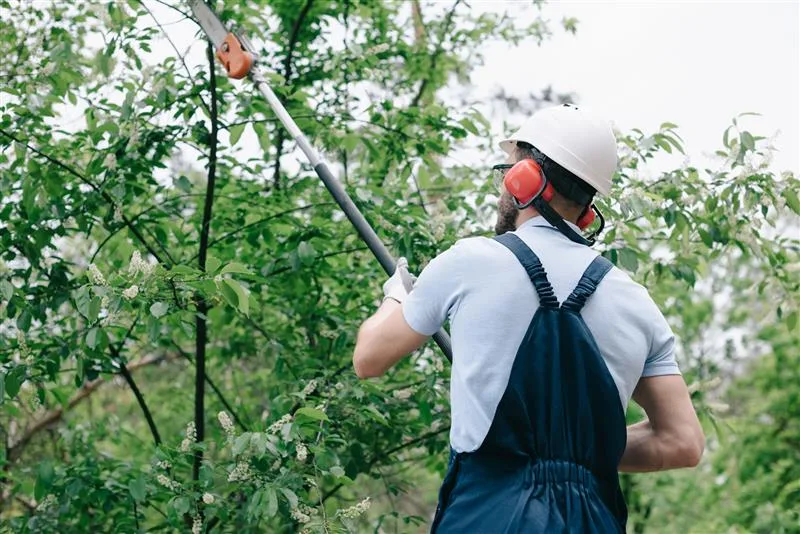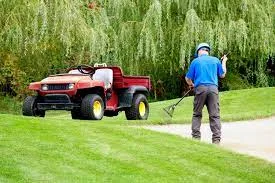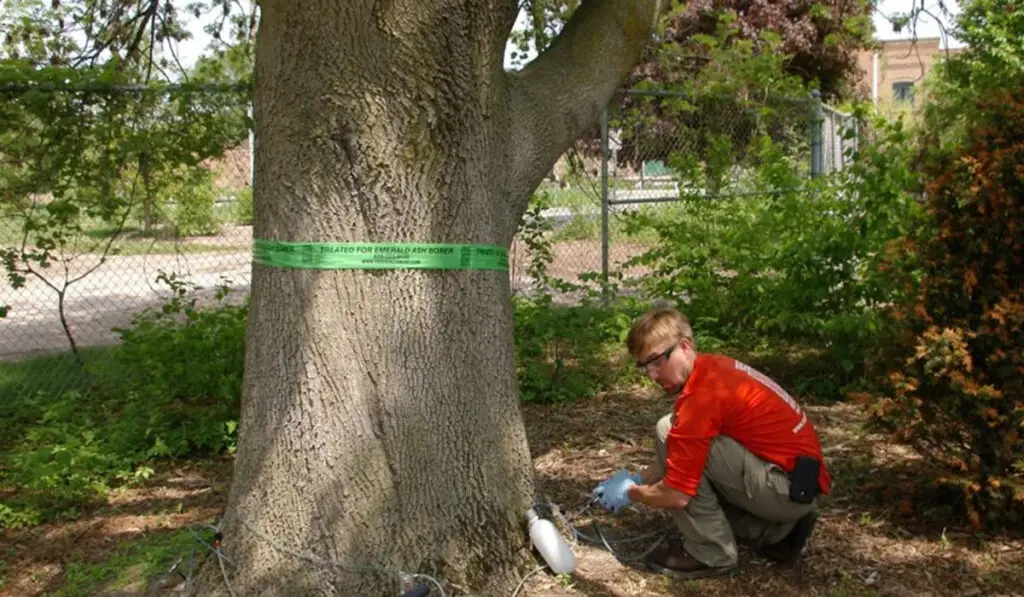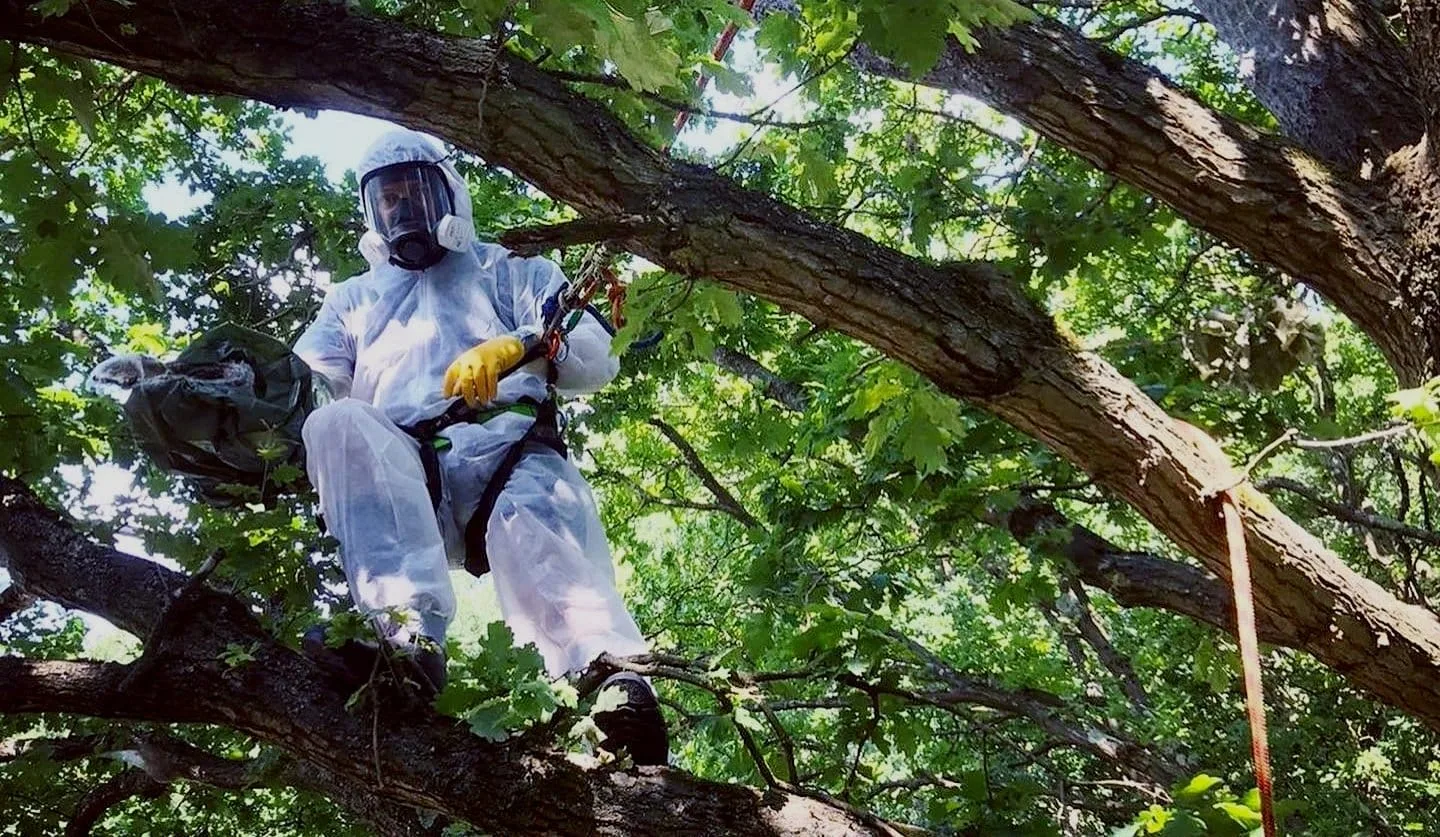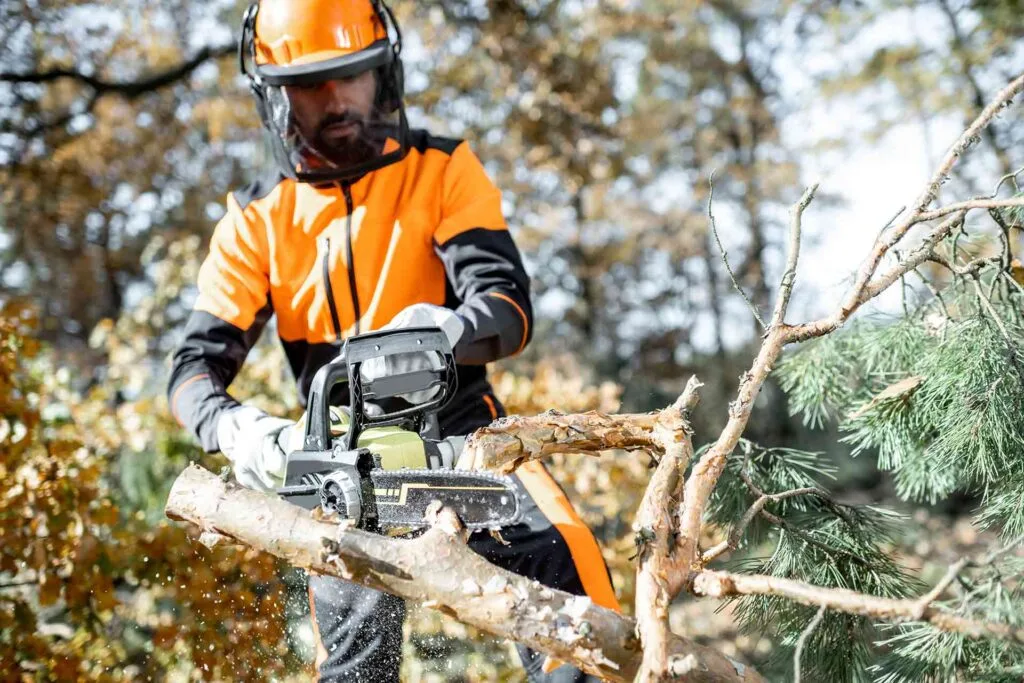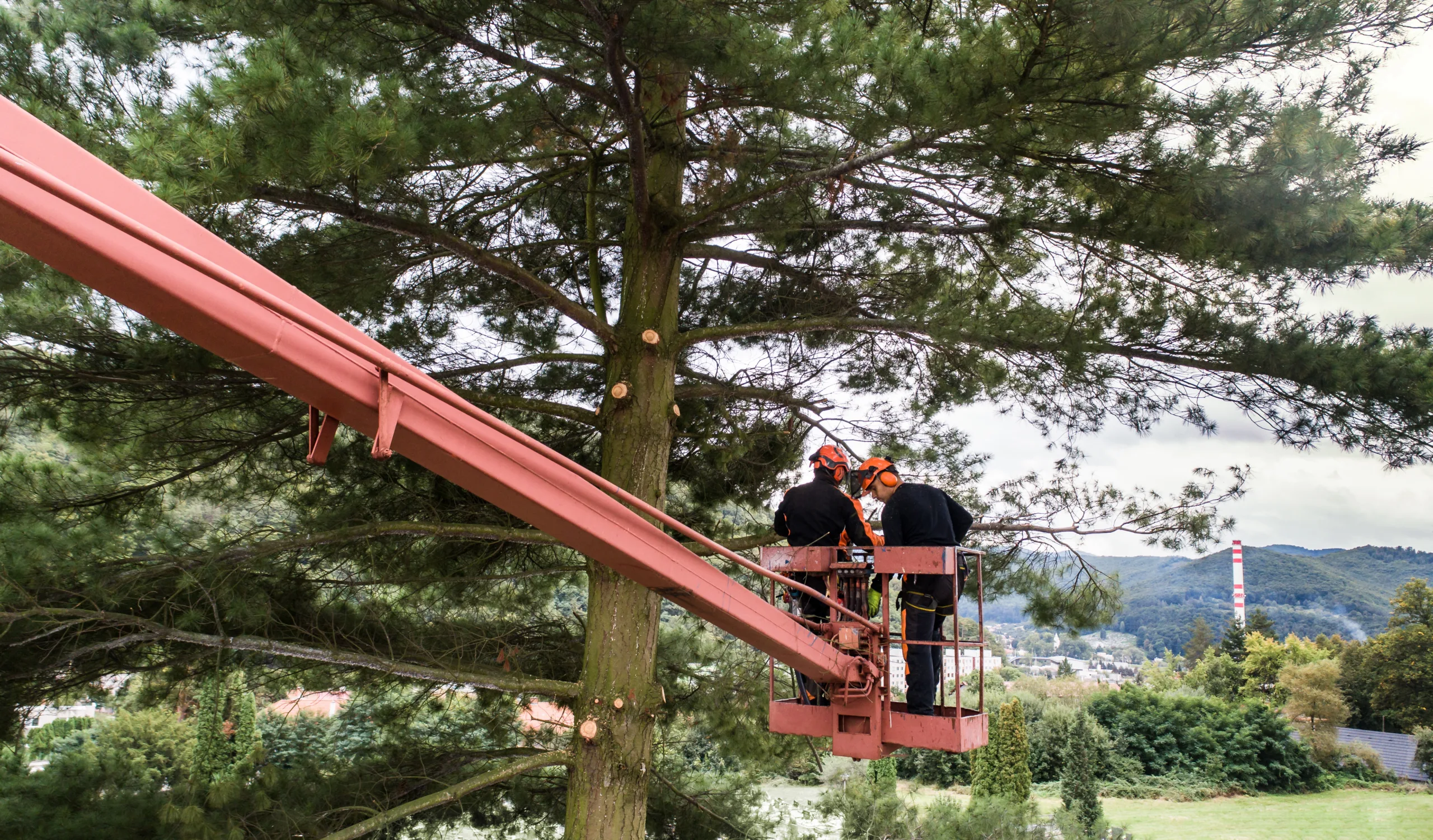Tree surgery, also known as arboriculture, is a crucial aspect of urban forestry and landscape management. Tree surgeons, or arborists, are professionals who specialize in the care and maintenance of trees. Their expertise is vital for ensuring the health, safety, and aesthetic value of trees in urban and suburban environments. This comprehensive guide will explore how tree surgeons assess and manage tree health, delving into the various techniques, tools, and strategies they employ to maintain and enhance the vitality of trees.
Assessing Tree Health
Assessing tree health is the first step in the management process. Tree surgeons use a variety of methods to evaluate the condition of a tree. These assessments help identify potential issues and determine the most appropriate course of action.
Visual Inspection
Visual inspection is one of the primary techniques used by tree surgeons to assess tree health. During a visual inspection, arborists look for signs of disease, pests, structural damage, and other indicators of poor health. Key aspects of visual inspection include:
- Foliage Examination: The health of a tree’s foliage can provide valuable clues about its overall condition. Arborists look for discoloration, wilting, or unusual patterns on the leaves, which may indicate disease or nutrient deficiencies.
- Bark Assessment: The bark of a tree can reveal signs of damage, decay, or pest infestations. Tree surgeons examine the bark for cracks, holes, or lesions that may suggest underlying problems.
- Branch Structure: The arrangement and condition of a tree’s branches are important for its structural integrity. Arborists check for dead or broken branches, as well as weak branch unions that may pose a risk of failure.
- Root Zone Inspection: The health of a tree’s root system is critical for its stability and nutrient uptake. Tree surgeons inspect the area around the base of the tree for signs of root damage, such as soil compaction or fungal growth.
Diagnostic Tools
In addition to visual inspection, tree surgeons use a variety of diagnostic tools to assess tree health. These tools provide more detailed information about the internal condition of a tree and help identify issues that may not be visible from the outside.
- Resistograph: A resistograph is a device used to measure the resistance of wood to penetration. By drilling a small, non-invasive hole into the tree, arborists can assess the density and integrity of the wood, helping to identify areas of decay or structural weakness.
- Tomograph: A tomograph uses sound waves to create a detailed image of the internal structure of a tree. This technology allows tree surgeons to detect hidden cavities, cracks, or decay that may not be apparent from a visual inspection.
- Soil Analysis: Soil health is closely linked to tree health. Arborists may take soil samples to analyze nutrient levels, pH, and the presence of harmful pathogens. This information can help guide recommendations for soil amendments and fertilization.
- Laboratory Tests: In some cases, tree surgeons may send samples of leaves, bark, or soil to a laboratory for further analysis. These tests can identify specific pathogens, nutrient deficiencies, or other factors affecting tree health.
Managing Tree Health
Once an assessment has been conducted, tree surgeons develop a management plan to address any issues and promote the health of the tree. This plan may involve a combination of preventative measures, treatments, and ongoing maintenance practices.
Pruning
Tree Pruning is one of the most common tree care practices and is essential for maintaining tree health. Tree surgeons carefully remove dead, diseased, or damaged branches to improve the tree’s structure and reduce the risk of pest infestations. Key pruning techniques include:
- Crown Cleaning: Crown cleaning involves the removal of dead, dying, or diseased branches from the tree’s canopy. This helps improve air circulation and sunlight penetration, reducing the risk of fungal infections and promoting healthy growth.
- Crown Thinning: Crown thinning is the selective removal of branches to reduce the density of the tree’s canopy. This technique improves light and air penetration, reducing the tree’s wind resistance and the likelihood of branch failure.
- Crown Raising: Crown raising involves the removal of lower branches to provide clearance for pedestrians, vehicles, or structures. This practice is important for ensuring safety and accessibility in urban environments.
- Crown Reduction: Crown reduction is the process of shortening the overall height or spread of a tree. This technique is used to manage the size of a tree and reduce the risk of structural failure, especially in mature or overgrown trees.
Pest and Disease Management
Pests and diseases are significant threats to tree health. Tree surgeons employ a variety of strategies to manage these issues and protect trees from damage.
- Integrated Pest Management (IPM): IPM is an environmentally friendly approach to pest control that combines multiple strategies to minimize the impact of pests on tree health. This may include biological control, cultural practices, mechanical removal, and the selective use of pesticides.
- Fungicide and Insecticide Treatments: In cases where pests or diseases are severe, arborists may apply chemical treatments to protect the tree. These treatments are carefully selected and applied to minimize harm to the environment and non-target organisms.
- Cultural Practices: Cultural practices, such as proper watering, mulching, and fertilization, can help improve tree health and reduce susceptibility to pests and diseases. Tree surgeons provide recommendations for these practices based on their assessment of the tree’s needs.
Soil Management
Healthy soil is essential for tree vitality. Tree surgeons employ various techniques to improve soil conditions and support tree health.
- Soil Aeration: Soil compaction can restrict root growth and reduce the availability of water and nutrients. Arborists use tools such as air spades or soil augers to aerate the soil and alleviate compaction.
- Mulching: Mulching involves applying a layer of organic material around the base of the tree. This practice helps retain soil moisture, regulate soil temperature, and suppress weeds, all of which contribute to improved tree health.
- Fertilization: Fertilization provides essential nutrients that support tree growth and development. Tree surgeons may recommend specific fertilizers based on soil test results and the nutrient needs of the tree.
- Soil Amendments: In some cases, tree surgeons may recommend the addition of soil amendments, such as compost or biochar, to improve soil structure and fertility. These amendments can enhance nutrient availability and support root health.
Monitoring and Maintenance
Ongoing monitoring and maintenance are crucial for ensuring the long-term health of trees. Tree surgeons regularly inspect trees and perform necessary maintenance tasks to address emerging issues and prevent problems from escalating.
Regular Inspections
Regular inspections allow tree surgeons to detect and address potential issues before they become serious problems. These inspections may be scheduled annually or more frequently, depending on the tree’s condition and environment.
Preventative Treatments
Preventative treatments, such as prophylactic pesticide applications or structural support installations, can help protect trees from damage and enhance their resilience. Arborists carefully evaluate the need for these treatments and implement them as part of a comprehensive tree care plan.
Tree Preservation During Construction
Construction activities can pose significant risks to trees, including root damage, soil compaction, and physical injury. Tree surgeons work with developers and property owners to implement tree preservation measures during construction projects. This may include installing protective fencing, modifying construction plans, or providing supplemental watering and care.
Conclusion
Tree surgeons play a vital role in maintaining the health and safety of trees in urban and suburban environments. Through careful assessment and targeted management practices, they ensure that trees remain healthy, structurally sound, and aesthetically pleasing. By understanding and implementing the techniques and strategies outlined in this guide, tree surgeons can effectively assess and manage tree health, contributing to the overall well-being of our green spaces. If you any sort of tree services, you can contact Chigwell Tree Services.
